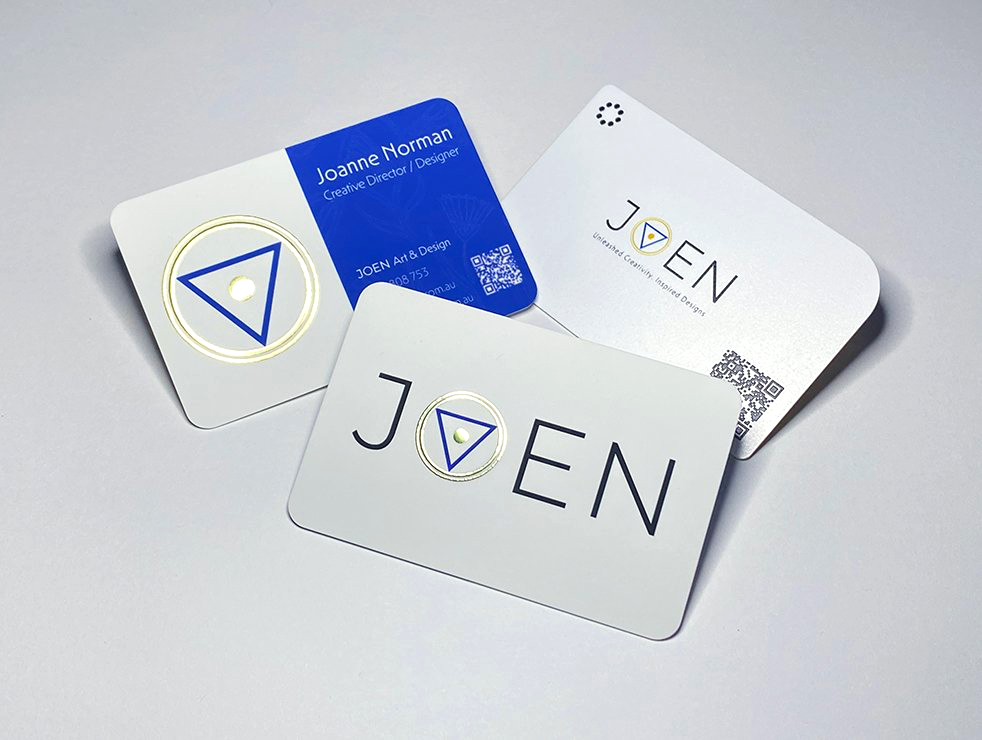Digital vs Printed Business Cards: Which is Best?
In today’s fast-paced business environment, the way you present your contact details can make a lasting impression. Business cards remain a staple networking tool, but with technology evolving, businesses face the choice between digital and printed business cards. Both have their merits; let’s explore which one may be better suited to your business needs.
Printed Business Cards: The Traditional Powerhouse
Printed business cards have been the go-to choice for decades, offering a stylish and tangible way to share your contact information. They provide several key advantages:
Physical Presence: A well-designed card reflects professionalism and attention to detail. Clients and colleagues can immediately recognise and remember your brand.
Ease of Use: They don’t rely on technology or internet access, handing over a card at a meeting or event is simple and direct.
Creative Expression: Through choices in paper stock, finishes, and print techniques (such as embossing and foil stamping), you can make your card stand out visually.
Longevity: A card slipped into a wallet or stored on a desk can remain visible to the recipient for months or even years.
However, printed cards can become outdated if your contact details or branding change, and printing costs can add up for high-quality jobs or large quantities. Environmental impact is also a consideration, including paper waste and the carbon footprint of production.
Digital Business Cards: The Modern Alternative
Digital business cards harness technology, offering a contact-sharing method suited to the connected world:
Instant Sharing: Via QR codes, NFC (Near Field Communication), email, or apps, digital cards can be shared effortlessly on smartphones or tablets.
Eco-Friendly: No paper or ink waste here, environmentally conscious businesses and clients appreciate this.
Always Up-to-Date: Your contact details, website links, and social profiles can be updated in real-time without reprinting.
Interactive Features: You can add clickable links, videos, portfolios, and more to enhance engagement.
Cost-Effective: Minimal to no printing costs, though some platforms may have subscription fees.
The downside? Digital cards depend on technology. In areas with poor connectivity or at events where some attendees may be less tech-savvy, sharing can be tricky. Plus, the tactile impression of receiving a card in hand is absent.
Which is Better?
Choosing between digital and printed business cards ultimately depends on your business style, audience, and context.
For traditional industries or formal events, printed cards often convey professionalism and leave a memorable impression.
In tech-savvy or eco-conscious circles, digital cards demonstrate modernity and environmental responsibility.
Many businesses adopt a hybrid approach, carrying printed cards but also offering a digital version for convenience.
Final Thoughts
Nothing beats the WOW factor of a printed business card, the texture, the metallic colours, the weight, and that tactile connection leave a lasting impression. Yet, having both printed and digital options means you can cater to everyone’s preferences. Printed cards bring that personal, memorable touch, while digital versions offer convenience and instant sharing. Balancing both keeps your brand versatile and ready for any networking opportunity.
At JOEN, we recommend evaluating your brand identity, your audience's preferences, and your networking contexts. Making your business card strategy part of your overall branding ensures you leave the right impression, whether in digital form, printed, or both.


